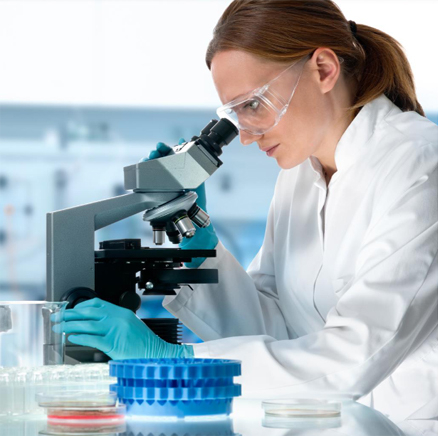New source for regenerative stem cells? Your fat, study suggests
NEW SOURCE FOR REGENERATIVE STEM CELLS? YOUR FAT, STUDY SUGGESTS
Researchers based at the University of California, Los Angeles announced today that they’ve found an abundant, cheap, easy-to-obtain source of stem cells that could prove to be ideal for regenerating all the basic tissue types of the human body.
That source is adipose tissue, or fat.
Stem cells were discovered in human fat in 2001, and called adipose stem cells (ASTs). The cells described by the UCLA scientists, led by Gregorio Chazenbalk, in the journal PLOS One, are different.
Unlike ASTs, these cells, dubbed MUSE by Mari Dezawa, leader of the Japanese team that first discovered them in bone marrow, appear to be pluripotent, more like embryonic stem cells rather than so-called “adult” stem cells. That means they can develop into any kind of tissue in the body.
MUSE stands for Multilineage-differentiating Stress-Enduring cells, and their ability endure stress is how Chazenbalk found them in fat, by accident.
“I was doing ASC isolation,” he said in an NBCNews.com interview, late at night when a critical machine stopped working. Because it was late, Chazenbalk couldn’t borrow a machine from another lab. So his cells received no nutrients, hardly any oxygen, and most died. “Then, instead of throwing them all away, I decided to see if some survived.”
Some did, and eventually formed what looked like clusters of cells typical of embryonic stem cells. These turned out to be MUSE cells.
Chazenbalk then obtained several liters of fat from plastic surgeons who had sucked it out of Los Angeles-area women during liposuction procedures, and created a formula for teasing MUSE cells out of the fat.
Chazenbalk’s team winnowed the collection of adipose cells by exposing them to stressful chemicals, low oxygen and low nutrition. The survivors were MUSE cells.
The cells display many of the genetic markers of embryonic stem cells, and they appear to differentiate into all three lineages that lead to all tissues in the body.
But one thing they will not do is form a tumor called a teratoma, and that’s a big reason why some scientists are skeptical.
Ever since the dawn of embryonic stem cells, the ultimate test for pluripotency is injecting cells into an animal and looking for a teratoma, a tumor something like an inside-out embryo with different types of tissue, even hair and teeth.
“Both the [Dezawa] work and the current study are interesting but preliminary,” Martin Pera, program leader of Stem Cells Australia, and a professor at the University of Melbourne, said. “Evidence that MUSE cells can actually turn into a wide range of mature functional body cells is somewhat limited.”
While praising the study itself, Pera cautioned that such hopes have been raised before only to be dashed upon further investigation.
Adipose stem cell expert Jeffrey Gimble, chief scientific officer of LaCell, a company researching stem cells from fat, and an adjunct professor at Tulane University, said “everything Chazenbalk says is consistent with what others have published.” The quality of the paper, he said, was “strong.”
But Gimble expects “pushback” from some in the stem cell world, where even what to call various types of cells raises controversy.
Chazenbalk expects criticism, but believes MUSE cells from fat could be a boon for regenerative medicine.
Current strategies to use cells to repair tissue damage have often faltered because many of the transplanted cells don’t survive in the stressful conditions of an injury site. Chazenbalk believes MUSE cells sit quietly in fat (or bone marrow) as a kind of reserve fire department. Once damage occurs to the body, chemical signals alert the MUSE to come to the rescue. Unlike many transplanted cells, the MUSE cells thrive under the stress of an injury site, like a burn, a stroke, or a heart attack. Then they differentiate into the needed cell types to repair the damage.
With hundreds of thousands of liposuction procedures each year, there’s a virtually unlimited supply of the raw material, and, Chazenbalk, said, he can sift out MUSE cells in about six to 12 hours.
“We can directly use these cells for treatment,” he said. “Somebody could use their own cells as an autologous transplant,” raising the possibility that one could slim down and undergo repair at the same time.
Brian Alexander (www.BrianRAlexander.com) is co-author, with Larry Young Ph.D., of "The Chemistry Between Us: Love, Sex and the Science of Attraction," (www.TheChemistryBetweenUs.com), now on sale.

